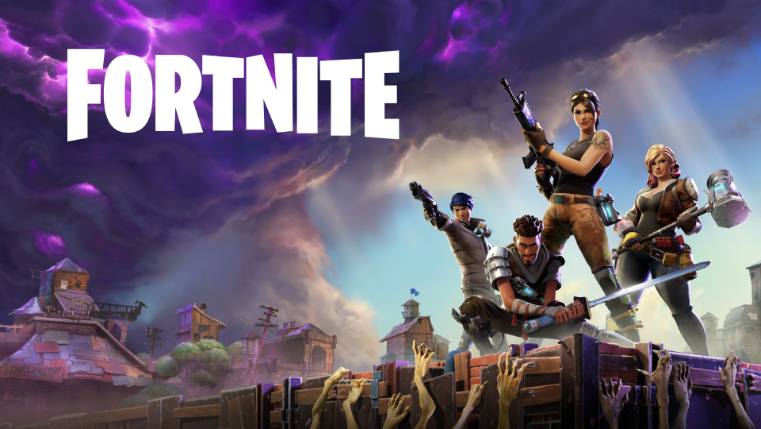Mobile gaming has come a long way since the 1990s when Nokia was Brits’ mobile device provider of choice and Snake had consumers glued to their screens for hours on end. More than twenty years on, it’s all about the app as latest research from Mintel reveals that Brits are set to spend just under a billion pounds on mobile gaming this year.
Valued at an impressive £993 million in 2018, mobile gaming accounts for 65% of the £1.5 billion total app market, according to Mintel estimates based on data from App Annie. The mobile gaming market* has risen by as much as 12% in the last year alone. And it seems the appeal shows no sign of dwindling as over the next five years Mintel forecasts the value of mobile gaming will reach £1.59 billion, increasing 61% by 2023**.
Today, some 27 million mobile phone and tablet owners in the UK play mobile games***. A significant 90% of 16-24s are users, while 30% of mobile device owners aged 65+ enjoy these games as well, proving you’re never too old to be part of the action.
With 63% of mobile owners playing games, it is the fifth most popular app category.
However, the mobile games app category is by far the largest earner due, in part, to high levels of play. Almost half (46%) of mobile gamers play daily, while 73% of mobile gamers do so at least once a week.
Overall, 44% of consumers who spent money in a mobile game in the last month say they bought a randomised item bundle, often called “loot boxes”. Meanwhile, 35% say they bought a cosmetic item for a game that does not affect actual gameplay.
Andrew Moss, Technology Analyst at Mintel, said:
“The mobile gaming market is strong in 2018 and it remains the largest valued segment of the mobile device app sector, despite rapid growth of other app categories. That is not to say the mobile gaming industry isn’t facing some disruption. The decision from the company behind Fortnite to release the game outside of the Google Play store will be watched closely, as this has the potential to threaten the current app store dynamic.
“Success of cosmetic items as a purchasing option is something of a coup in the mobile games industry. These items have no real value, but gaming culture has ascribed a value to them. The ability to see and interact with others online creates a fear of missing out where players can feel pressured to make these purchases. This is compounded by the perception shared by some gamers that those with cosmetic items should be taken more seriously than those without.”
Multiplayer mobile gaming on the rise
While mobile gaming has its roots as a solo activity, with 78% of mobile game players reporting that they play alone, there has been a growing trend towards games that offer online multiplayer modes. Today, 34% of mobile gamers say they play online against others, including 25% who play online with friends or family – the most popular social gaming method – and 19% who play online with strangers.
The popularity of social gaming on mobile devices has been helped by the ability to play against people on other devices. In fact, 44% of mobile gamers are interested in this functionality, resulting in many mobile games allowing the user to log in and play against others on consoles, as well as PCs.
“The fact that there is strong interest from mobile gamers in playing with friends and family has important implications for game design, as it suggests users are more likely to game online if they have a way to do so with people with whom they already have a connection. Increasing the accessibility of multiplayer gaming could also benefit those more socially isolated, particularly consumers aged over 65 who are also enjoying mobile games.” Andrew adds.
Short-burst gaming formats prove a winning formula
Mintel data on the type of games consumers play shows they remain entrenched in more traditional genres, like puzzle (44%) and platform/arcade-style games (43%). While the most cutting-edge mobile game developments have been seen in the adventure and action genres, these are currently played by a relatively low 22% and 21% of gamers, respectively.
Finally, while the mobile gaming market is going from strength to strength, Mintel research shows that battery life is impacting play for many, as 51% of players say they limit the amount of time they spend playing mobile games in order to have enough battery life for the end of the day. Meanwhile, a third (34%) of players limit the amount of time they play in order to save data.
“Having a phone that can be used at all times throughout the day is hugely important to many, with half of Brits who play mobile games saying that they limit the amount of time they spend playing games on these devices because they want to make sure they have enough battery life. The battery on mobile phones has been an issue since device screens got bigger and processors got more powerful, despite efforts from manufacturers to optimise battery performance. This challenge aside, developers are now flocking to bring established franchise games to mobile to capitalise on their strong monetisation opportunities.” Andrew concludes.







